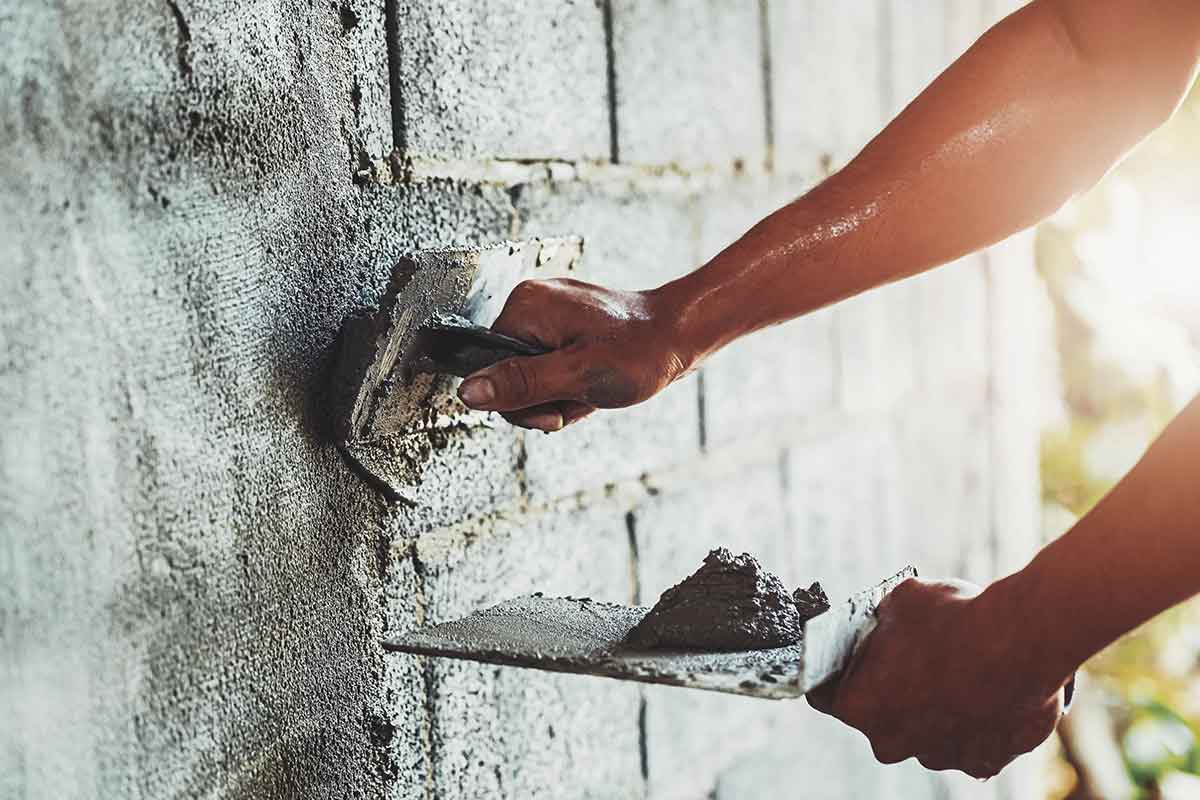Should you be concerned about the crack in the ceiling? How about the blown bricks in your exterior walls or loose stones? Many of us live in older properties. They have been standing strong and weathering the storm for a century or more, but it can be beneficial to be reassured by a professional structural inspection.
Some structural issues may be minor and easy to repair. Others may significantly compromise the building’s integrity, demanding specialist remedial work. For peace of mind, contact your local structural engineering company to request an investigation and assessment of masonry structures.
Masonry is non-homogeneous and its strength relies heavily on the workmanship of those who originally built it. For this reason, it is a complex material to assess and not all engineers have experience in its appraisal.
Structural Inspections on Heritage Buildings
Whilst all qualified structural engineers have been trained to design, inspect and advise on modern buildings and modern building methods, those with expertise in masonry, particularly in heritage builds, are less common.
With historic buildings, there is a careful balance between the advantages of repair and the desire to retain as much of the original building as possible. This is especially important on listed buildings and those located within conservation areas.
In terms of cost and protecting the heritage, there is no benefit to carrying out work unnecessarily, yet it is vital that the building is structurally sound. Expertise in materials and building techniques informs decisions about what needs attention and how this can be sensitively carried out.
Structural Surveys – You may also be interested in
- Civil Engineers Providing Soft and Hard Engineering Solutions for Developers
- Five Advantages of Steel Structure Design
- Cracks in the Wall – Do I need a Structural Survey?
What Signs of Deterioration does a Structural Engineer Look for?
Whilst the only sign of deterioration is a crack in the wall, a structural survey will consider the property as a whole. They may undertake:
Research
Certain defects are relatively common in particular types of buildings; often a result of the building materials or methods used. Knowledge of the use, behaviour and degradation of materials informs the structural consultant’s search for signs, as well as knowledge of the previous use of the site and the local features.
Visual Inspection
Structural inspections include a visual assessment of the property. Are there cracks and signs of settlement? Is the building distorted in any way; is it leaning, bulging or bowing? What is the condition of the masonry?
Non-intrusive investigation
Metal detectors can be used to establish the presence of wall ties in cavity walls, water ingress can accelerate degradation and the texture or colour of the mortar tells a story about the age and history of the masonry. Simply tapping the building can reveal hidden clues for the trained ear, such as the presence of voids or blown plasterwork.
Explorative Inspection
As buildings are constructed in multiple layers, some structural issues can be hidden from sight. Thermal imaging, ultrasound and borescope inspections are used to reveal details that can not be spotted in a visual inspection. This technology, along with excavation enable construction consultants to build a thorough view of the building’s condition. This exploration isn’t used in every inspection, but it is part of the structural engineer’s toolkit.
Structural Monitoring
On initial inspection, it isn’t always clear whether the issue is historic or current. Monitoring the structure can identify whether further action is needed.
Causes of Structural Deterioration
The inspection needs to identify the cause of any issue that is brought to light. There is no point in repairing damage if the cause has not been addressed first. Common causes include:
- The deterioration of masonry and pointing
- The impact of structural changes, such as an extension
- Changes to ground conditions (the water table, trees, drains)
- Signs of water egress from flooding or leaking gutters
- Damage to the building’s foundations
Once the cause is identified and resolved, remedial work can begin on the building. In some cases, repointing may be sufficient to restore structural integrity.
Structural Solutions
In cases where more complex issues are identified, it doesn’t mean that the property will need to be rebuilt. The structural consultant can recommend solutions such as lintel repairs, underpinning foundations, crack stitching, cavity wall ties or structural anchoring to shore up the building.
The structural consultant can be instructed to oversee remedial work. This is a popular option for listed buildings, where traditional materials and techniques are required to gain listed buildings consent and Local Planning Authority approval.
RWA Consulting: Structural Inspections across the Home Counties
Located in Wendover, Buckinghamshire, RWA Consulting are a specialist structural engineering team. Our heritage expertise has been sought for many projects including 17th Century cottages in Buckinghamshire villages, Oxford colleges and the renovation of agricultural buildings.
Our experienced team also inspect modern buildings, including those that have been affected by ground movement, water leaks or impact by vehicles.
If you have concerns about your home, our article ‘Do I need a Structural Survey’ may help you to make an informed decision about the next steps. If you decide to take action, RWA Consulting can be contacted on 01296 624924. We will answer your questions and arrange a convenient time for a site visit.

